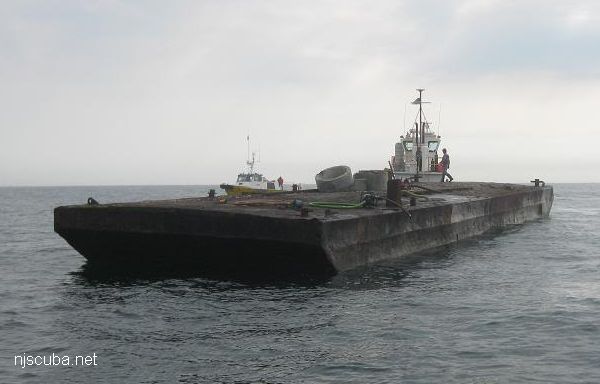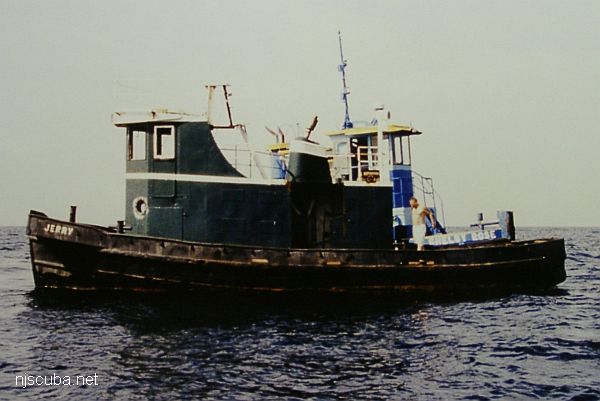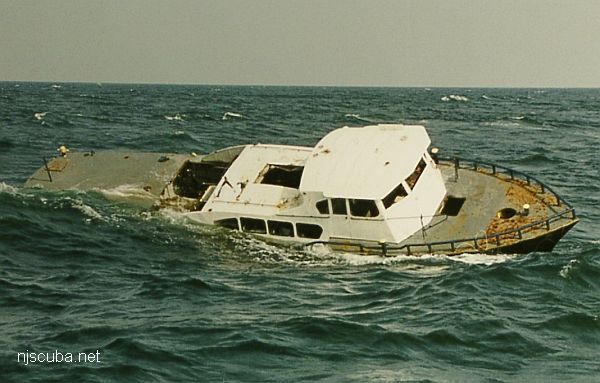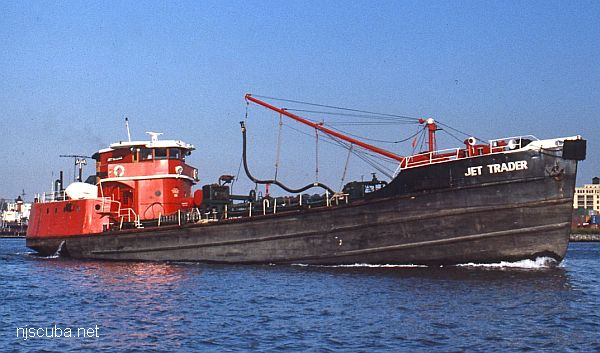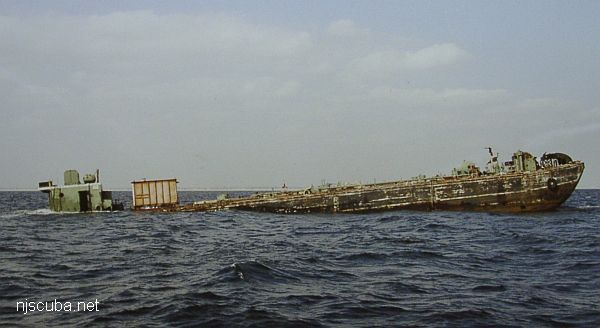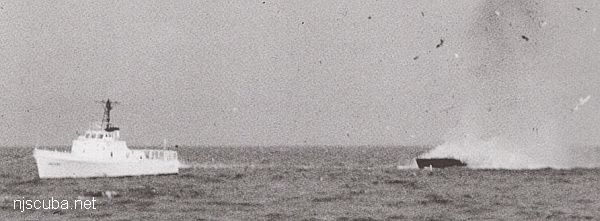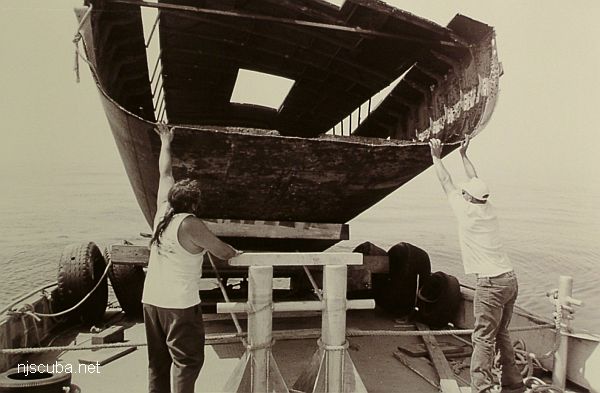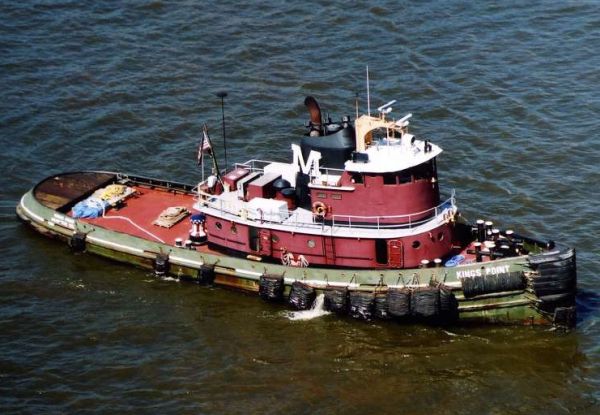By Bob Halstead
Buddies are not essential for a safe dive. On the contrary, buddies often increase the risk of a dive, either directly through unpredictable or unreliable actions, or indirectly, through an unfounded belief that security is enhanced by numbers alone, regardless of the training or state of mind of the buddy. In most instances, a competent solo diver would be much safer than the average buddy dive.
Most textbooks do not define the buddy system - an interesting point in itself. I define it as the situation that occurs when two divers of similar interests and equal experience and ability share a dive, continuously monitoring each other throughout entry, the dive, and the exit, and remaining within such distance that they could render immediate assistance to each other if required.
Obviously, this definition represents the ideal, and upon honest examination, it's clear that it has little to do with the reality as practiced by most divers. The truth is that on most dives, the buddy system fails.
More: On Your Own: the Buddy System Rebutted ...
